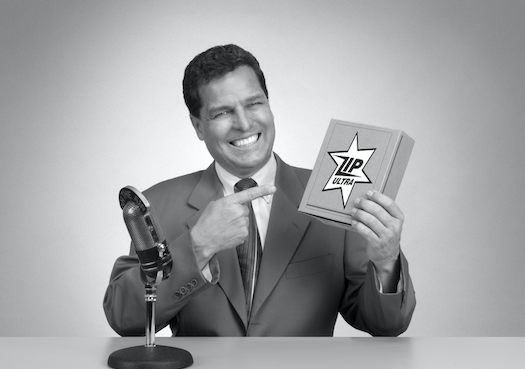BRISBANE, Australia – I have a confession to make: I had severe writer’s block before finally coming up with the topic for this article. You see, throughout the duration of my career, the industry has been primarily focused on deeper content integration, new emerging platforms, monetizing digital, and future-proofing revenues. Because of this, many of us are guilty of neglecting perhaps the most important aspect of radio sales: selling commercials.
Don’t get me wrong. While we absolutely need to focus on diversifying our product mix, maximizing non-spot revenue, and commercializing our sponsorships and talent reads, the fact remains that pre-recorded commercials still represent the overwhelming majority of inventory sold on a radio station. Taking time to consider how you craft, sell, and deploy these commercials will not only give you a sales edge and make the campaign work harder, they may just gain the approval of a highly discerning Program Director!
Here are four things to consider when looking to optimize your clients’ pre-recorded commercials:
Respect the format of the radio station.
This one cannot be understated. Although a loud and obnoxious commercial laden with “earwigs” might help the brand cut through the clutter, it’s been my experience that commercials work a lot harder when they fit naturally into the format of the station. Is the station rock or adult contemporary? Are the announcers outgoing and bombastic, or do they have a more understated delivery style? What is the personality of the radio station and brand? The more you can replicate this style and feel, the more likely it will be invited in by the listener. This type of thinking can also help you gain a sales edge. I remember winning a large national contract with a fast-food brand due to our approach to their pre-recorded commercials. Naturally, all the networks were vying for this revenue and throwing all kinds of entitlements and value into their proposals. Debriefing with the client as to why we were successful, they told us we did one thing differently (which essentially decided it for them): we took the same piece of creative and tweaked the music bed to fit in with the format of each station (rock, ’80s, soft rock, pop, and R&B). This simple tweak added an entirely new dimension to the value proposition we were putting forward.
Treat commercial airtime like content airtime.
I’ll let you in on a little secret: the audience doesn’t consume radio the way we sell it. Everything that comes out of the speakers, be it content or commercial airtime, is a representation of the entire radio station to the listener. When formulating your commercials, you need to really think about this dynamic with the audience. How do you give the audience entertainment? How do you hook them at the top and keep them listening? How do you make sure there is a value exchange there for giving their attention? So much of great radio programming is about hooking, teasing, and then delivering the payoff; our approach to commercials should be the same.
Leverage context
One of the easiest wins that you can have is creating and instructing different creative executions to run during different days and dayparts. Resist the tropes and traps of overtly stating the context, such as “Monday-itis anyone?” Instead, really try to speak to the audience in a way that’s appropriate for the time they are listening. A Monday morning and a Friday afternoon are two very different mood states and mindsets for the audience. A Monday morning might be key for “information gathering” and setting the agenda for the week, whereas a Friday afternoon is about winding down and transitioning from work to family life. Think about how these two different need states might influence the copy, read, and music bed of the commercial. One of my favourite examples of this was a coffee brand that would advertise their drive-through options in the AM, promote the instant coffee options at 2 pm – 3 pm to fend off those afternoon energy slumps and then push their hot-chocolate ahead of the evening wind down.
Mess with the clocks!
30 seconds is a unit of time, that’s it. Don’t miss the opportunity to take that 30 seconds and re-divide it to make your clients’ commercial execution more impactful. Does a 15-second top and tail drive more engagement? Could you do a 15-second commercial and then splice 3 x 5-second “sonic triggers” throughout the break? What about a 15-second at the top teasing a 45-second “feature” at the end of the break? Don’t think about these executions as a clever tactic to sell but rather as a mechanism to tell the client’s story in a unique way.
The Lesson: In a world of content integration, multi-platform executions, audio ecosystems, and digital amplification, there is still no better vehicle to connect a radio audience with a client’s brand than a pre-recorded commercial. Sometimes you simply can’t beat a classic!
 Jamie Wood is the Global Sales Director of Boost Media International, Boost provides revenue solutions and advisory services to media companies globally. Jamie also hosts Media Sales Mastery a top rated podcast showcasing best practice from some of the industry’s top thought-leaders.
Jamie Wood is the Global Sales Director of Boost Media International, Boost provides revenue solutions and advisory services to media companies globally. Jamie also hosts Media Sales Mastery a top rated podcast showcasing best practice from some of the industry’s top thought-leaders.

